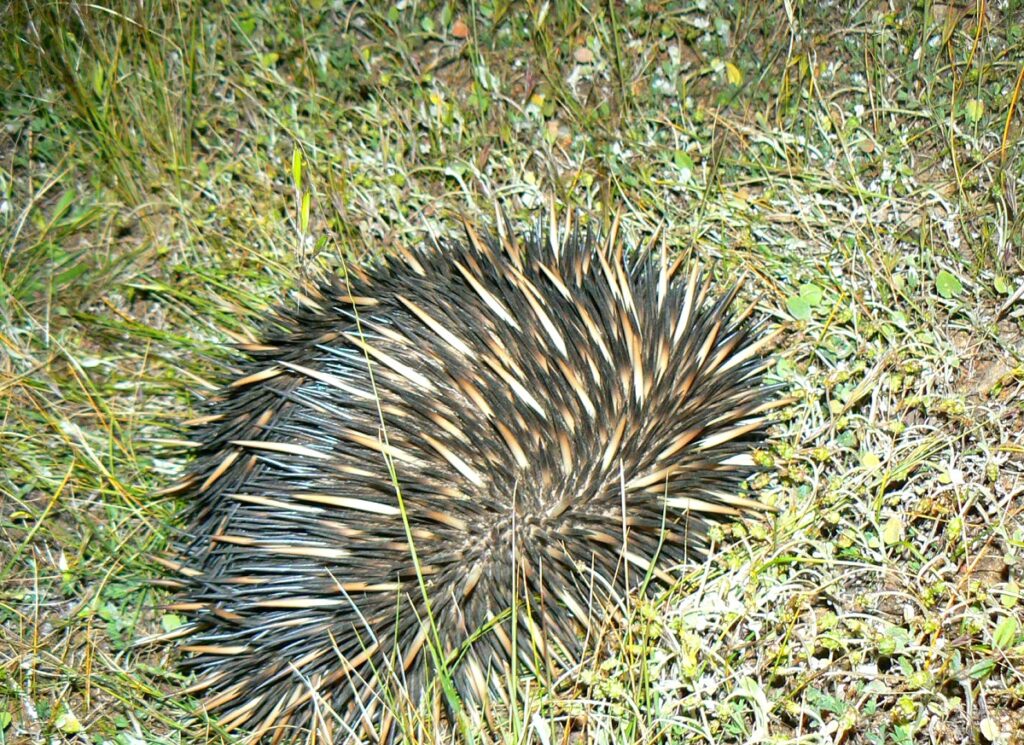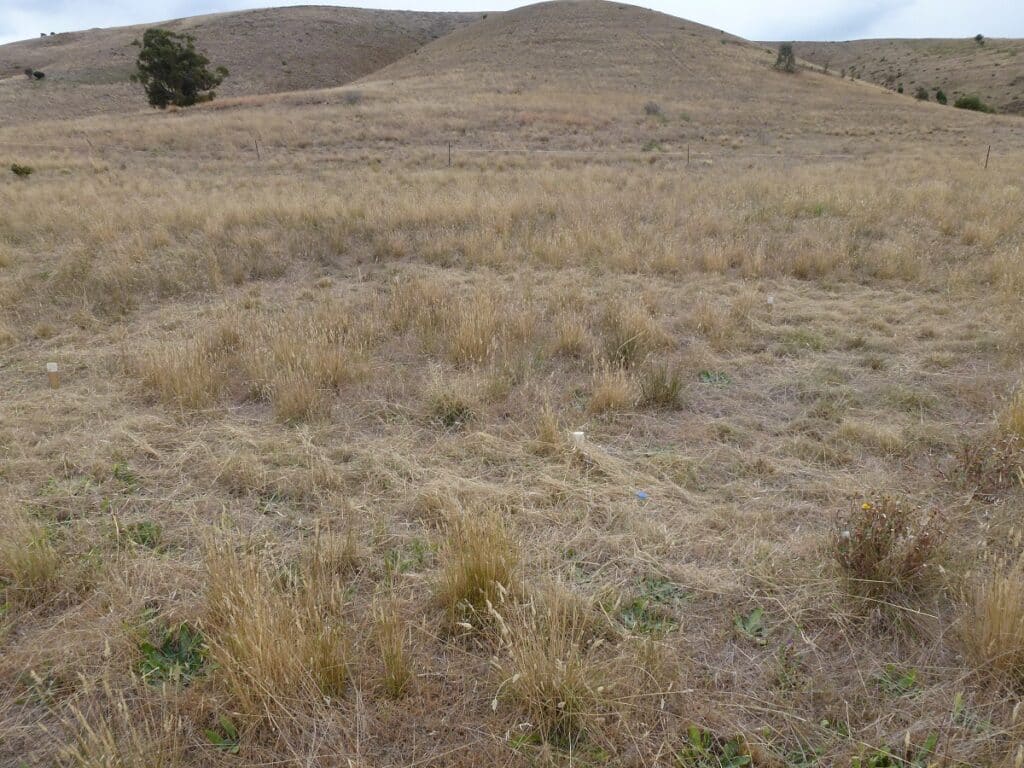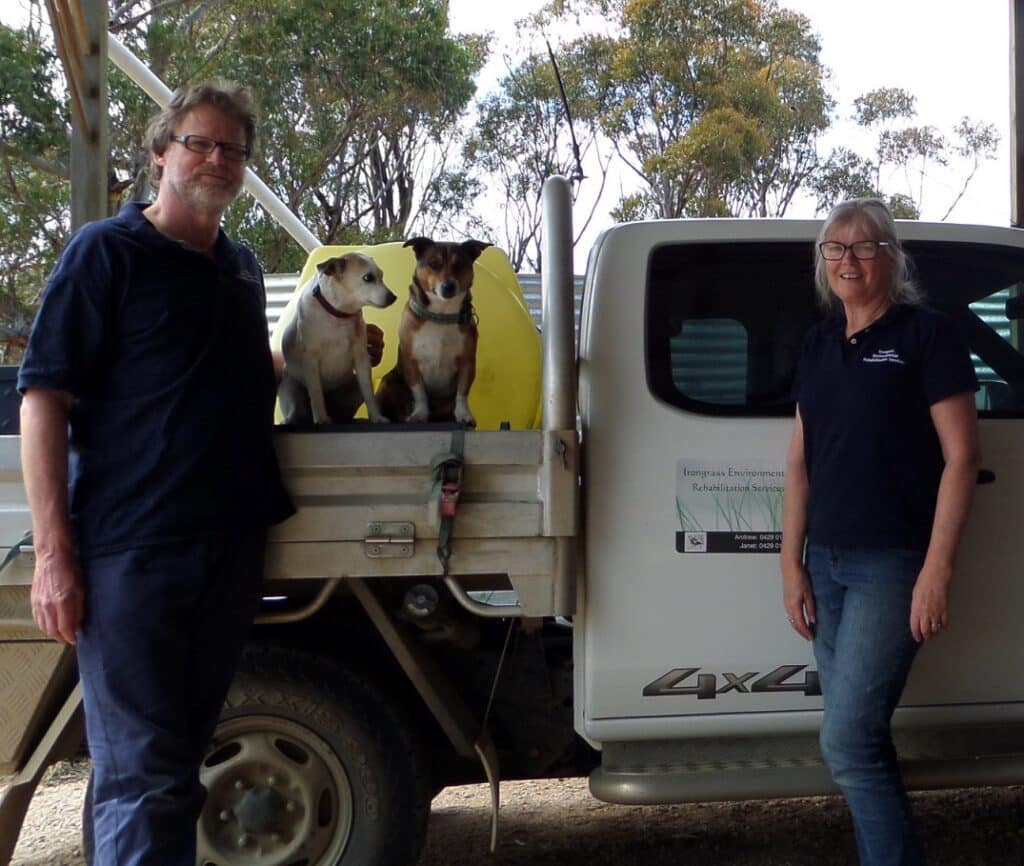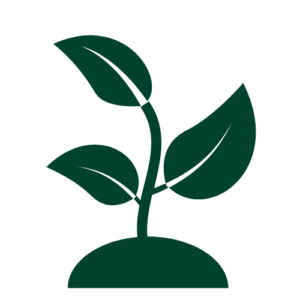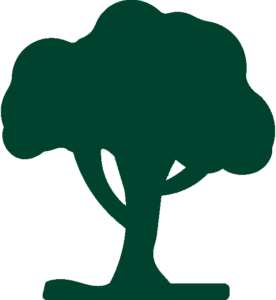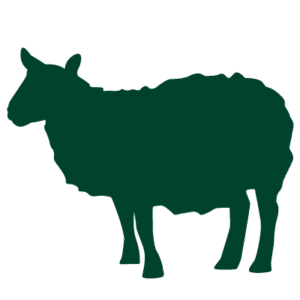Andrew Allanson and Janet Kuys are the owners of Seaview 2070, a property located in Palmer, approximately 70km east of Adelaide in South Australia. The property is a residence as well as a dedicated wildlife rehabilitation site. The majority of the land is protected by a South Australian Heritage Agreement. It is Andrew and Janet’s intent for the property to continue in these purposes, and to keep steadily restoring the grassy woodland habitat in a way which amounts to significant improvements in biodiversity.
Seaview 2070 covers 15 hectares of grassy woodland, with approximately 30 per cent of the land cropped 20 years ago. Efforts by the owners to restore the native grassland have seen the managed regeneration of ten species of grasses across the previously cropped land. Steeper sections of the property which were too steep to crop are only roughly grazed. The owners have identified 74 species of flora to date.
Wildlife known to inhabit the property includes short-beaked echidnas (Tachyglossus aculeatus), eastern grey kangaroos (Macropus giganteus), common wallaroos (Macropus robustus), ten types of reptiles and more than fifty bird species.
This sanctuary is featured in Wildlife Lands 20!
We have owned our 40 acres on the Eastern Slopes of the Mt Lofty Ranges since 2001. The name “Seaview 2070” came about after a front patio discussion (over a bottle of wine) about climate change and a joke about enjoying the new beachfront (and a surfbreak?).
We live on the property and run an environmental business, managing bushland areas in South Australia for a range of clients. In 1984, the previous landholders planted trees on the property and adjacent lands. Most species were non-indigenous to the area – these are now supplying firewood for the home. Andrew has spent many hours undertaking weed control; removing peppertrees and round leaf cottonbush. Further work continues on horehound and skeleton weed as well as annual grass weeds. Revegetation has continued using locally sourced seeds, and will continue over the next decade at least. Our aim is to create a grassy woodland.
We initially focused on rabbit control to improve grass quality, and rabbits have since been unable to re-establish. The diversity of native species found (not planted!) continues to increase year by year, with over 72 species occurring naturally. Importantly, the numbers of each of the native species is steadily increasing. A mixture of careful weed-spraying and slashing at the right time has helped to ensure increasing native species coverage.
Despite the relatively small size of Seaview 2070, approximately 45 bird species are found on the property. We have also recorded ten species of reptile, and echidnas are seen around once a year. Kangaroos and euros are also common visitors. We plan to focus on replanting herbaceous species in weed-free areas of the property, whilst continuing to plant native understory species such as yakka (Xanthorrhoea quadrangulata). In areas where native species struggle, plants are established and cared for until self-seeding begins.
Whilst the whole process has taken time, we have witnessed many improvements to the property. Our main problem is keeping others’ sheep from straying onto Seaview 2070, which proves to be a stumbling block. We love our property but always wish we could spend more time restoring it.

